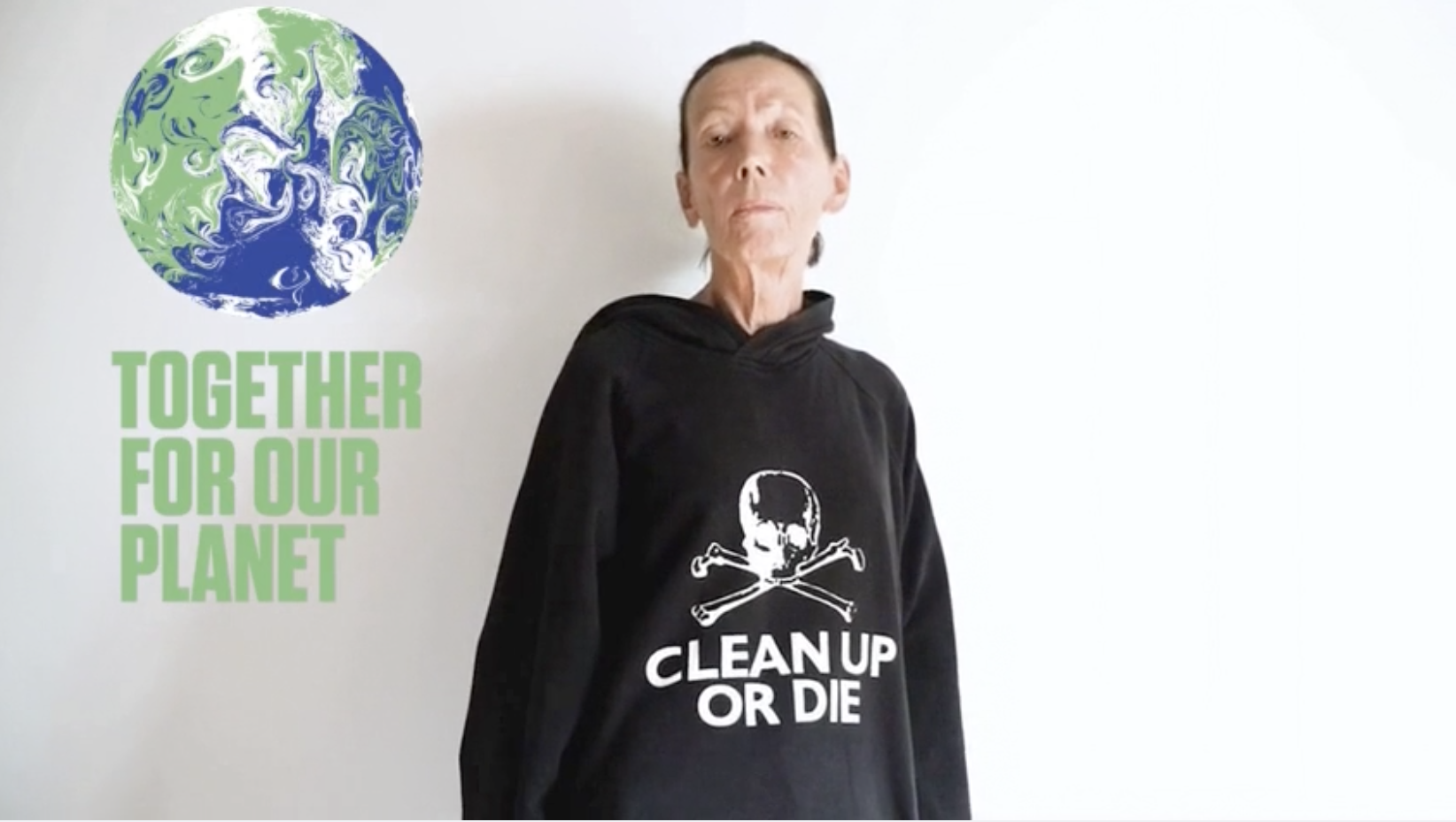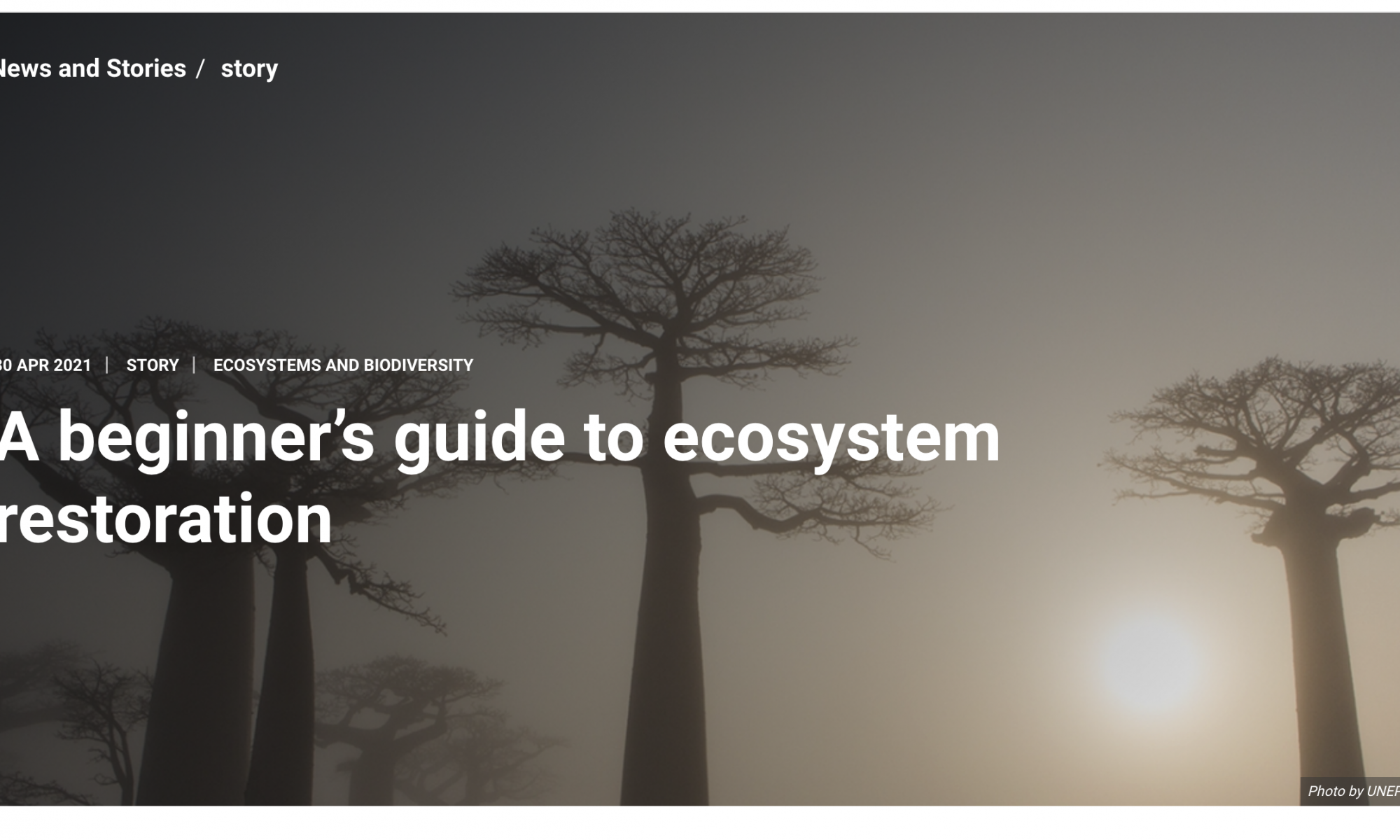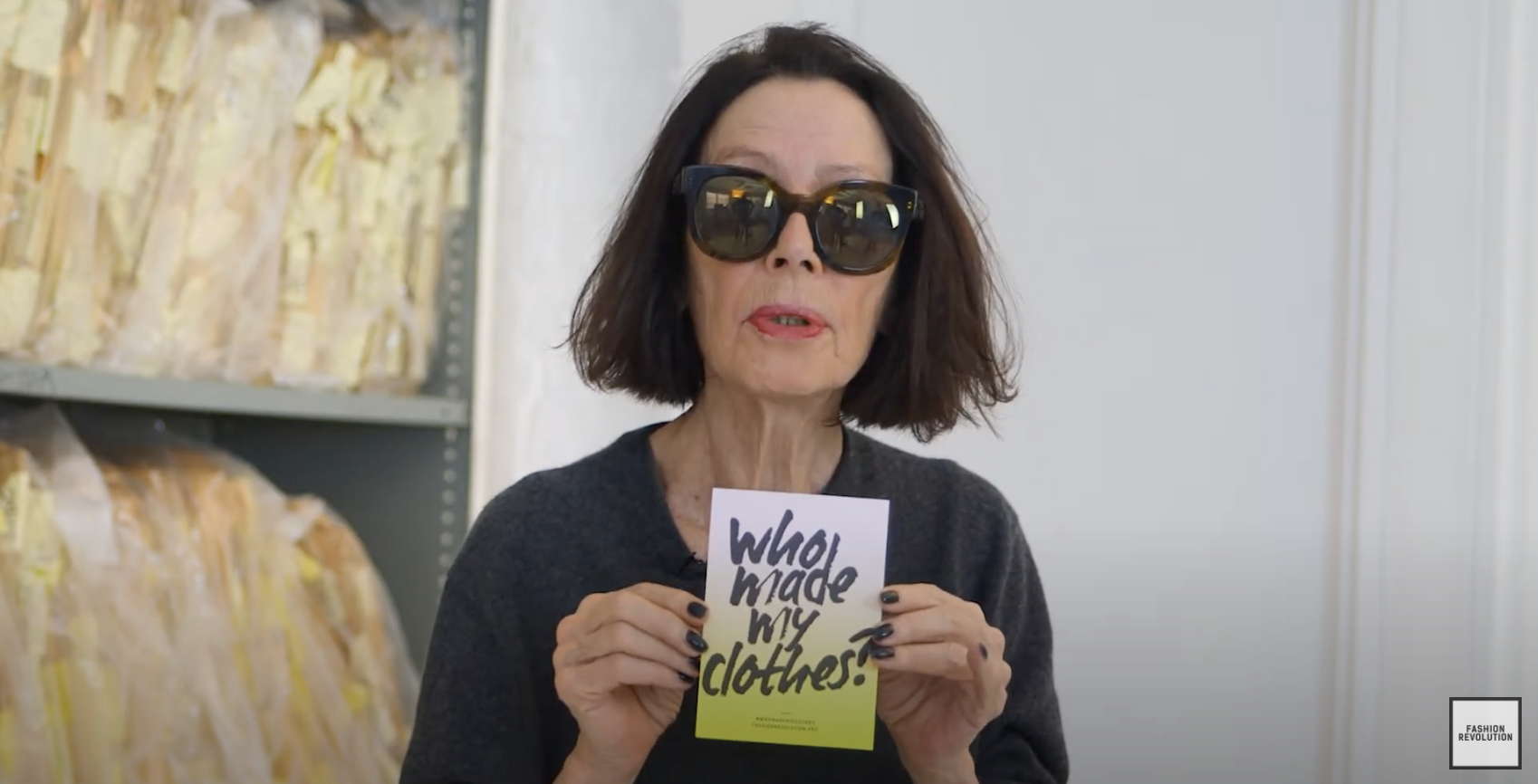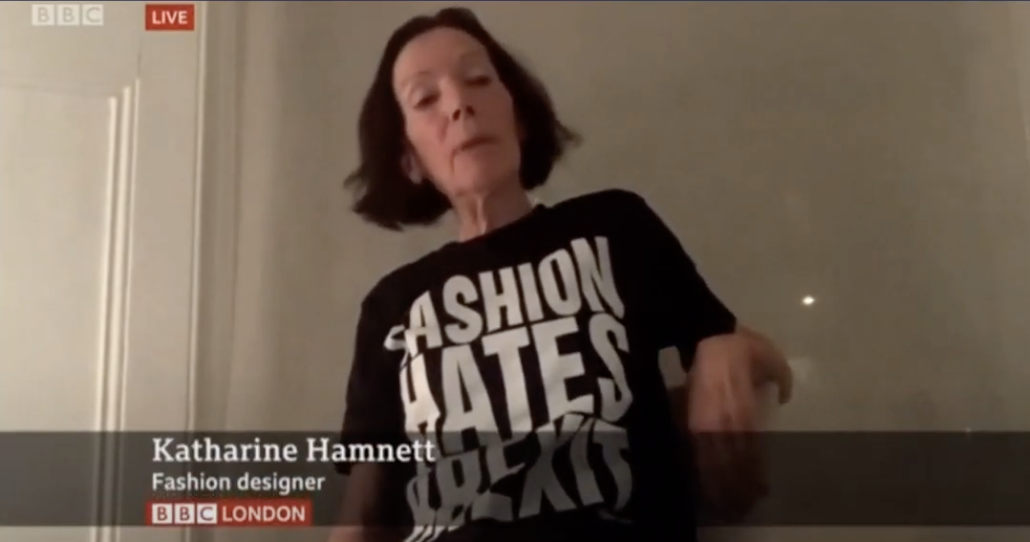COP26 is beginning on Sunday. The four main aims are to:
1. Secure global net zero by mid-century and keep 1.5 degrees within reach
– Countries are being asked to come forward with ambitious 2030 emissions reductions targets that align with reaching net zero by the middle of the century.
To deliver on these stretching targets, countries will need to:
-Accelerate the phase-out of coal
curtail deforestation
-Speed up the switch to electric vehicles
encourage investment in renewables.
2. Adapt to protect communities and natural habitats
-The climate is already changing and it will continue to change even as we reduce emissions, with devastating effects.
We need to work together to enable and encourage countries affected by climate change to:
-Protect and restore ecosystems
build defences, warning systems and resilient infrastructure and agriculture to avoid loss of homes, livelihoods and even lives
3. Mobilise finance
-To deliver on our first two goals, developed countries must make good on their promise to mobilise at least $100bn in climate finance per year by 2020.
International financial institutions must play their part and we need work towards unleashing the trillions in private and public sector finance required to secure global net zero.
4. Work together to deliver
-We can only rise to the challenges of the crisis by working together.

A pivotal moment in the fight against climate change.
In November, the UK, together with our partners Italy, will host an event many believe to be the world’s best last chance to get runaway climate change under control.
COP26 is the 2021 United Nations climate change conference
For nearly three decades the UN has been bringing together almost every country on earth for global climate summits – called COPs – which stands for ‘Conference of the Parties’. In that time climate change has gone from being a fringe issue to a global priority.
This year will be the 26th annual summit – giving it the name COP26. With the UK as President, COP26 takes place in Glasgow.
In the run up to COP26 the UK is working with every nation to reach agreement on how to tackle climate change. World leaders will arrive in Scotland, alongside tens of thousands of negotiators, government representatives, businesses and citizens for twelve days of talks.
Not only is it a huge task but it is also not just yet another international summit. Most experts believe COP26 has a unique urgency.
To understand why, it’s necessary to look back to another COP.
The importance of the Paris Agreement
COP21 took place in Paris in 2015.
For the first time ever, something momentous happened: every country agreed to work together to limit global warming to well below 2 degrees and aim for 1.5 degrees, to adapt to the impacts of a changing climate and to make money available to deliver on these aims.
The Paris Agreement was born. The commitment to aim for 1.5 degrees is important because every fraction of a degree of warming will result in the loss of many more lives lost and livelihoods damaged.
Under the Paris Agreement, countries committed to bring forward national plans setting out how much they would reduce their emissions – known as Nationally Determined Contributions, or ‘NDCs’.
They agreed that every five years they would come back with an updated plan that would reflect their highest possible ambition at that time.
Glasgow is the moment for countries to update their plans
The run up to this year’s summit in Glasgow is the moment (delayed by a year due to the pandemic) when countries update their plans for reducing emissions.
But that’s not all. The commitments laid out in Paris did not come close to limiting global warming to 1.5 degrees, and the window for achieving this is closing.
The decade out to 2030 will be crucial.
So as momentous as Paris was, countries must go much further than they did even at that historic summit in order to keep the hope of holding temperature rises to 1.5 alive. COP26 needs to be decisive.
COY16
COY16 is the 16th United Nations Climate Change Conference of Youth.
Organised in collaboration with YOUNGO, The Official Youth Constituency of the United Nations Framework Convention on Climate Change (UNFCCC), it is one of the largest entirely youth-led global youth climate conferences in the world.
The conference takes place from 28-31 October 2021, days before the annual United Nations Climate Change Conference, also known as Conference of the Parties, in the same host country as the COP.
COY serves as a space for capacity building and policy training, in order to prepare young people for their participation at COP and their life as local and international Climate advocates.
The Conference is organized by 7 Working Groups and Coordinators in 152 Countries whose main objective is to gather local Youth Statements and raise the voices of the global youth to the United Nations decision making process.













